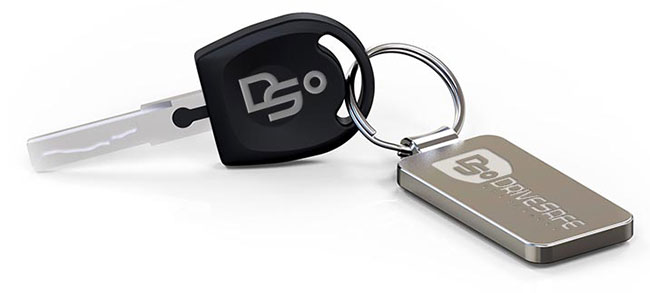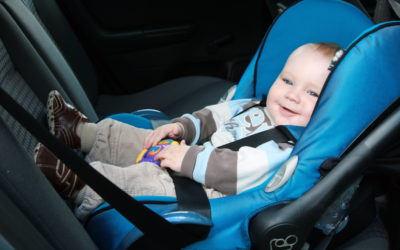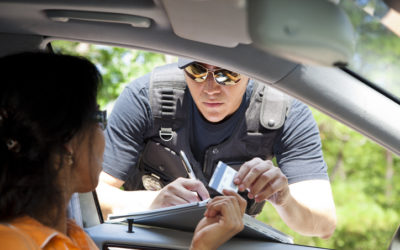6 Beers in 4 Hours: Understanding Your BAC and DUI Risks
It’s no secret that drinking and driving don’t mix. Even a few drinks can impair your ability to drive safely and increase your risk of getting a DUI. But how do you know when you’ve had too much to drink? Understanding your blood alcohol concentration (BAC) can help you make responsible choices when it comes to drinking and driving. In this article, we’ll look at how many beers it takes to reach a certain BAC level and the DUI risks associated with different BAC levels.
How many beers does it take to reach a certain BAC level?
The number of beers it takes to reach a certain BAC level varies depending on several factors, including your weight, gender, and how quickly you drink. As a general rule, it takes about two drinks to reach a BAC of .02 and four drinks to reach a BAC of .08, which is the legal standard for driving in most states. However, this can vary significantly from person to person.
For example, if you weigh 120 pounds and drink six beers in four hours, your BAC will be around .11, which is well above the legal threshold. On the other hand, if you weigh 180 pounds and drink six beers in four hours, your BAC will be around .06, which is below the legal limit.

DRIVESAFE ONLINE DEFENSIVE DRIVING COURSES
Easy to Complete. Receive an Insurance Discount. Money-Back Guarantee!
Mobile-friendly viewing
Fully narrated video with closed captioning
Intelligent bookmarking to start/stop when you want
99% passing rate on user’s first attempt
Certificate emailed immediately after completion
Only $24.95
1-HOUR
6-HOUR
DUI risks at different BAC levels
Driving with a BAC at or above .08 is illegal in most states and can result in a DUI charge. However, even a BAC below .08 can impair your ability to drive safely and increase your risk of getting into an accident.
Here’s a breakdown of the DUI risks at different BAC levels:
BAC of .02-.03: Mild euphoria and decreased inhibitions. Some loss of judgment and slight impairment of coordination and balance.
BAC of .04-.06: Increased impairment of judgment, memory, and concentration. Decreased alertness and reaction time.
BAC of .07-.09: Significant impairment of reaction time, coordination, and judgment. Decreased ability to control a vehicle and respond to emergency situations.
BAC of .10-.12: Extreme impairment of motor control, balance, and judgment. Slurred speech, blurred vision, and impaired coordination.
BAC of .13-.15: Gross motor impairment and lack of physical control. Difficulty standing or walking. Vomiting and loss of bladder control are possible.
Conclusion
Drinking and driving is a serious risk that can have deadly consequences. Understanding your BAC and the risks associated with different BAC levels can help you make responsible choices when it comes to drinking and driving. If you plan to drink, it’s important to have a designated driver or alternative transportation arranged ahead of time. Remember, it’s not worth the risk to get behind the wheel after even a few drinks.
Join 500,000 drivers who use a DriveSafe Online defensive driving course to receive an auto insurance discount or to dismiss a traffic ticket. Select I’M READY to lock in your low price now. You can begin the course whenever your schedule allows.
Other posts you might enjoy:
We Believe in Nashville
Our thoughts are with all those in Nashville and across the great state of Tennessee affected by the recent tornadoes. The safety of our DriveSafe Online family, customers and partners is our primary concern. Tennessee Governor Bill Lee called for residents to stay...
Child Passenger Safety Regulations: A State-By-State Guide
Your State-By-State Guide to Child Passenger Safety Regulations Child passenger safety regulations are in place because a leading cause of death for children, one in every four, is driving-related accidents. Each one of these deaths is a terrible tragedy, but you may...
Will A Speeding Ticket Affect My Insurance?
By Patrick Mileham DriveSafe Online Contributing Writer Speeding tickets are part of your driving record so they may increase the amount you pay for insurance. That’s the bad news. The good news is there are several factors that must occur to actually trigger a rate...
Your Road to Savings

Patrick M. is Editorial Director for the always expanding DriveSafe Online library of courses. With over two decades of experience developing award-winning training, he now focuses on innovating online driver safety training. Pulling from his background in journalism, he steers the wheel behind the creation of top-tier content that promotes a better journey—whether on the digital highway of learning or the real roads we travel every day.


